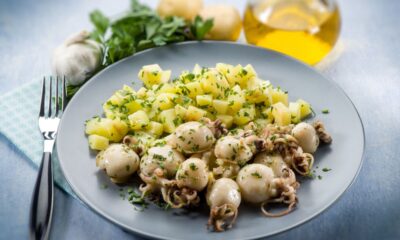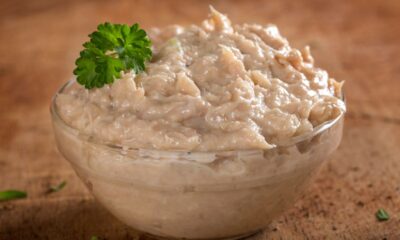Recipes
How to pasteurize eggs: tips and tricks!
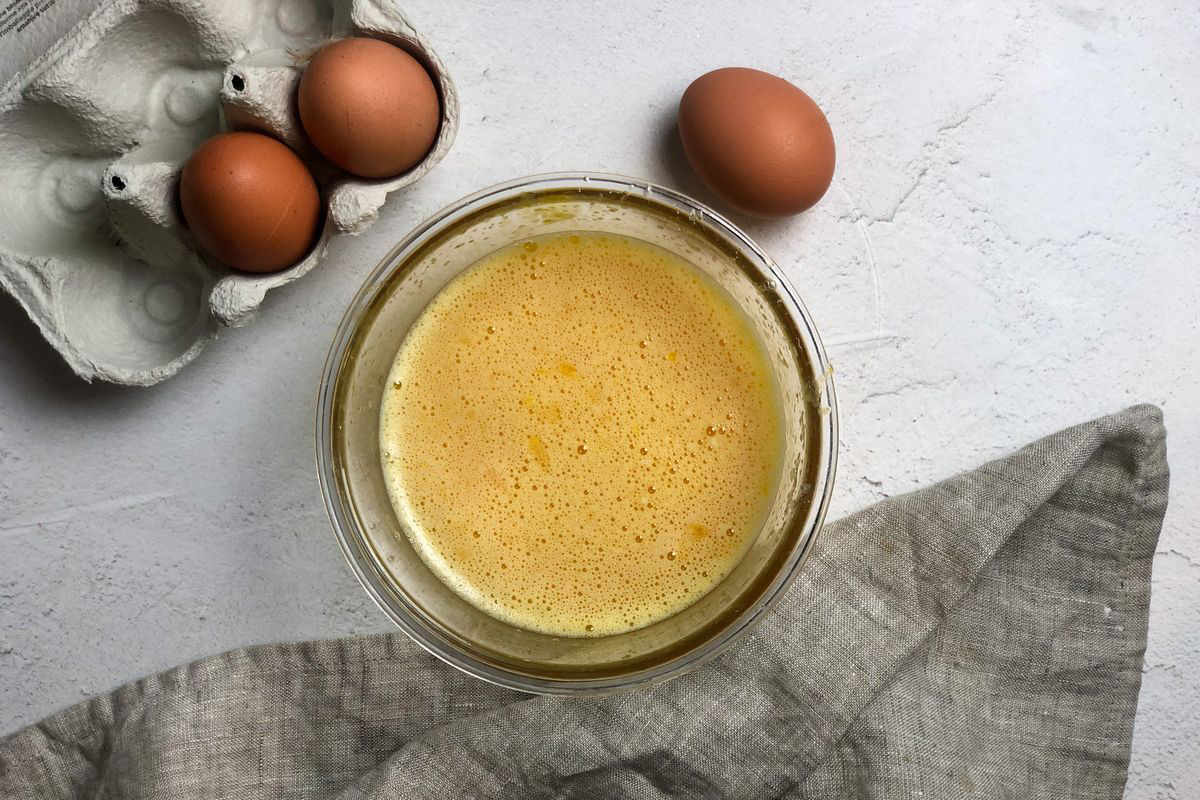
Pasteurized eggs are the basis of many tasty preparations of Italian cuisine. But how are they pasteurized and what is it for? Let's find out!
Eggs are one of the basic ingredients of Italian cuisine. They are used both cooked and raw. The latter, in particular, are the basis of special desserts such as tiramisu or basic creams such as mayonnaise. However, to avoid even serious illnesses it is always good to pasteurize the eggs. But how is it done? Let's find out!
Pasteurization: what it is
Pasteurization is a technique which consists in rapidly bringing the food to a high temperature for a certain period of time. In the end, the same is brought back to a low temperature very quickly, preventing the multiplication of bacteria that have resisted even at high temperatures.
What is pasteurizing for?
The pasteurization of eggs and any raw food used in a preparation serves to break down its bacterial load . The process, which does not alter the characteristics of the eggs, allows them to be used raw without incurring the risk of contracting diseases or infections such as the well-known salmonella .
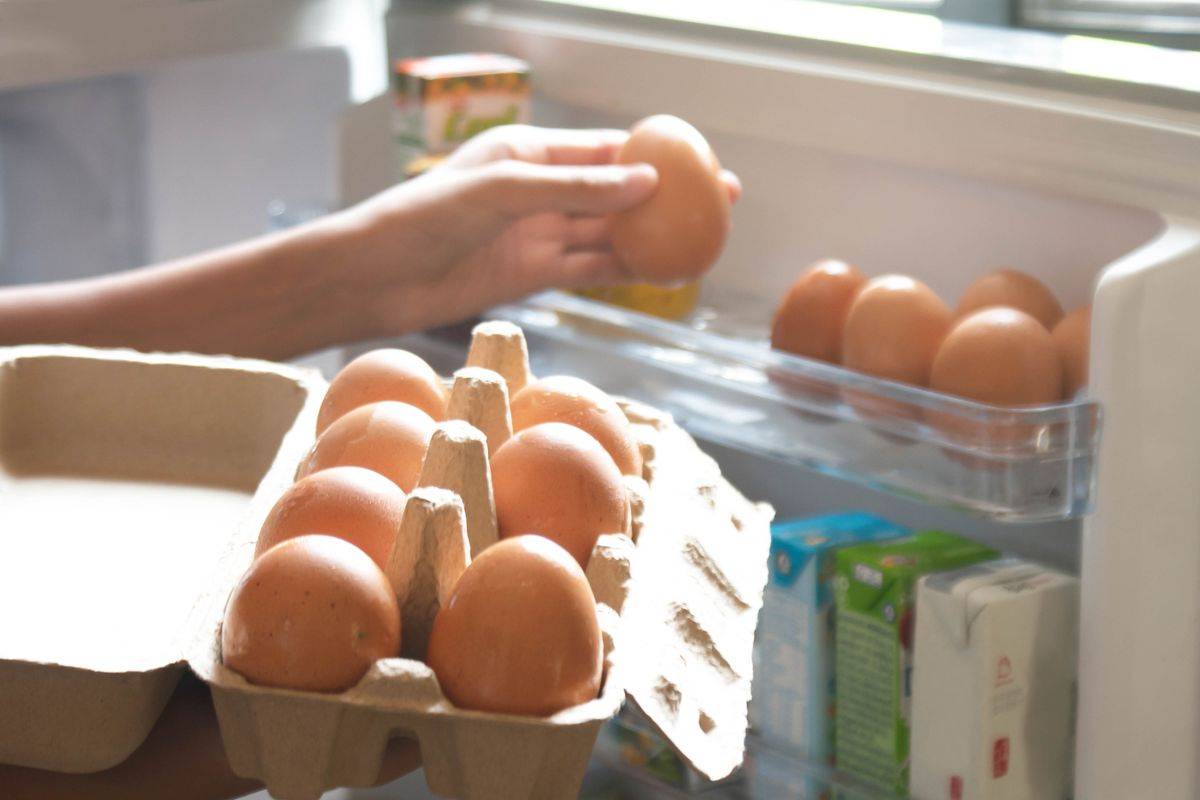
The elimination of germs depends on the combination of temperature and warming time. Since eggs coagulate at low temperatures, it is enough to bring them to 64-65° C and keep them at this temperature for 5 minutes. Since pasteurization does not completely eliminate pathogenic elements, the process must be followed by sudden cooling . In addition to the elimination of germs, pasteurization allows the raw material to be preserved for a longer time as it eliminates a part of the saprophytic flora which leads to modifications.
How to pasteurize whole eggs

Before starting the pasteurization it is necessary to follow some precautions.
- Look at the shell carefully in every part. If it has fissures or cracks, exclude that egg: pathogenic elements could have entered the holes in quantities too high to be eliminated with pasteurization.
- If the eggs are fresh from the countryside, they often have feathers or mud. These elements will also need to be carefully eliminated. Just pass the egg under cold water for a few minutes, and also use an abrasive sponge. After washing the shells proceed immediately to the pasteurization. In fact the shells have an external protective film, when you wash them it is dispersed and are therefore more subject to germs.
Ingredients
- 3 eggs
- 150 g of sugar
- 25ml of water
Preparation of pasteurized eggs
The eggs must have a medium temperature, therefore it will be necessary to remove them from the fridge half an hour before they are pasteurised. Then take a bowl and break them inside by adding half of the sugar. Whip them, and then prepare a sugar syrup separately in a saucepan with the sugar and water.
Cook everything until it reaches a temperature of 121°C (it caramelises beyond the sugar). Turn off the heat and quickly empty the mixture into the egg bowl while continuing to whisk them gently. Continue until it has completely cooled down . Here are the eggs ready to be used raw.
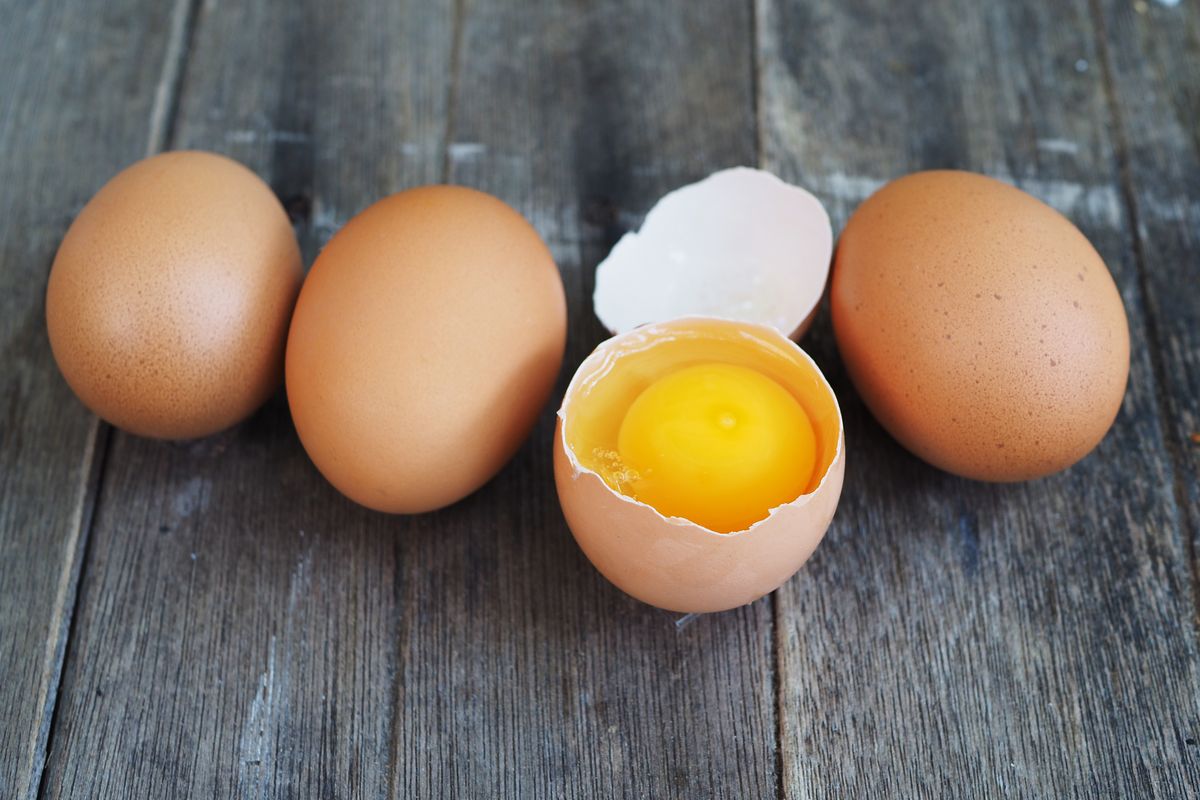
Egg yolks: how to pasteurize them
Sometimes there is a need to pasteurize the yolks only. Let's find out how !
Ingredients
- 3 eggs
- 100 g of sugar
- 25ml of water
Preparation of pasteurized yolks
To pasteurize the yolks only, separate them from the whites after leaving the egg at room temperature for at least half an hour. Pour the egg yolks into a bowl and add half the sugar. Mount everything. Continue by preparing the syrup with the remaining sugar and water and cook it up to 121° C. Switch off and pour the mixture over the yolks. Whip until everything is fresh. Here are the yolks useful for every preparation!
Egg whites: how to pasteurize them
Ingredients
- 3 eggs
- 50 g of sugar
- 25ml of water
- 1 pinch of salt
Preparation of pasteurized egg whites
To pasteurize the egg whites, follow the same instructions given for the yolks always counting half the sugar .
And here is the video tutorial for all three pasteurizations:
How to pasteurize in a bain-marie
There is an even faster way to pasteurize the eggs but only if they are intended for savory recipes: in a bain-marie. Prepare a metal bowl and pour the eggs into it. Whip them up, then place the metal bowl over a pot filled with hot water and bring to a boil. Turn until you reach 60-65° . Here they are ready for our recipes!
The properties of eggs
The egg is a food with infinite properties. It is often thought that the consumption of eggs is harmful to the liver, but this is a false belief. In fact, the egg occupies first place in the scale of high biological value foods since a single egg is able to supply all the essential amino acids that the body needs as it cannot produce them on its own.
Contains a high content of vitamins such as A, E (with antioxidant action); B, D and C, as well as containing phosphorus, iron and zinc.
Riproduzione riservata © - WT




